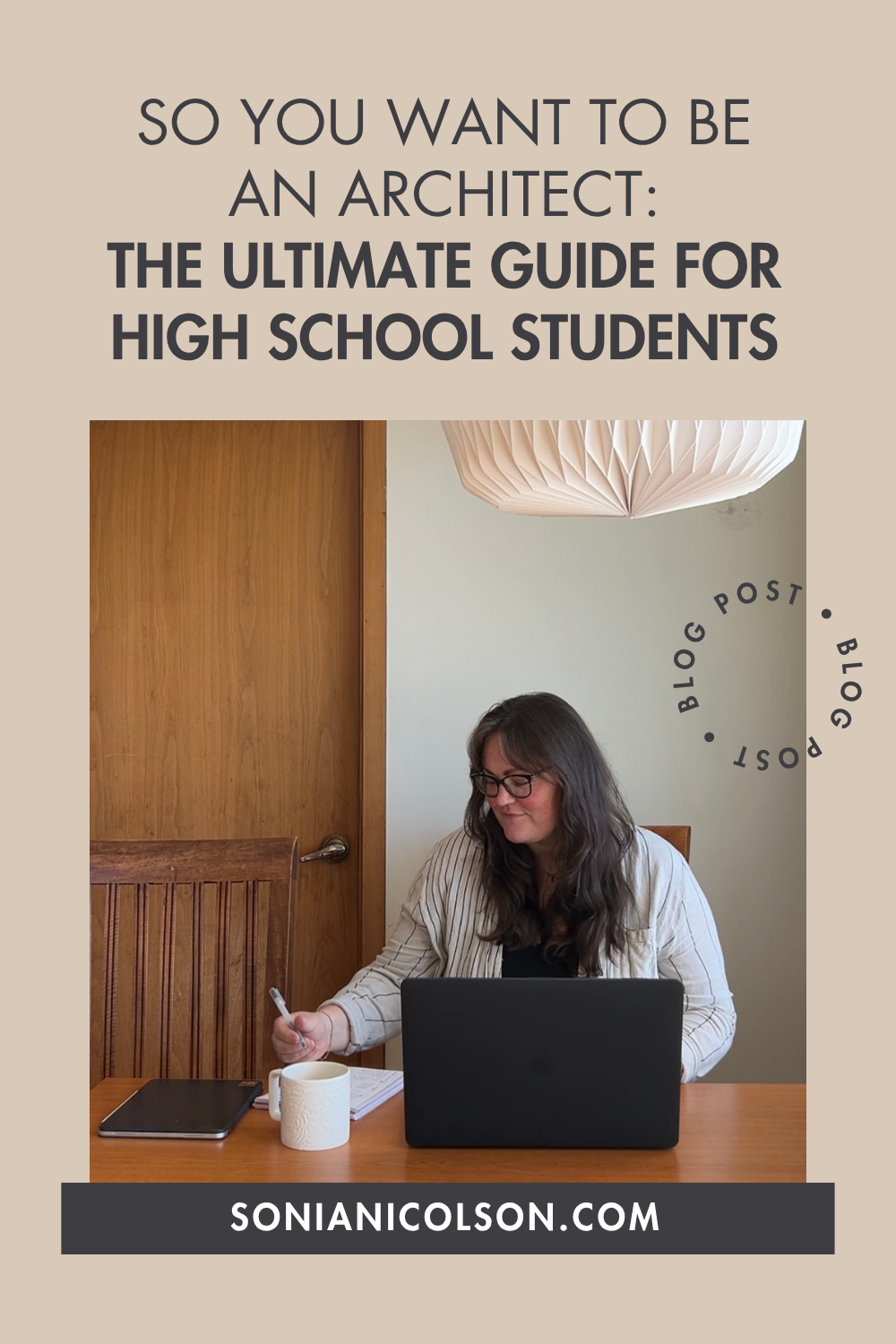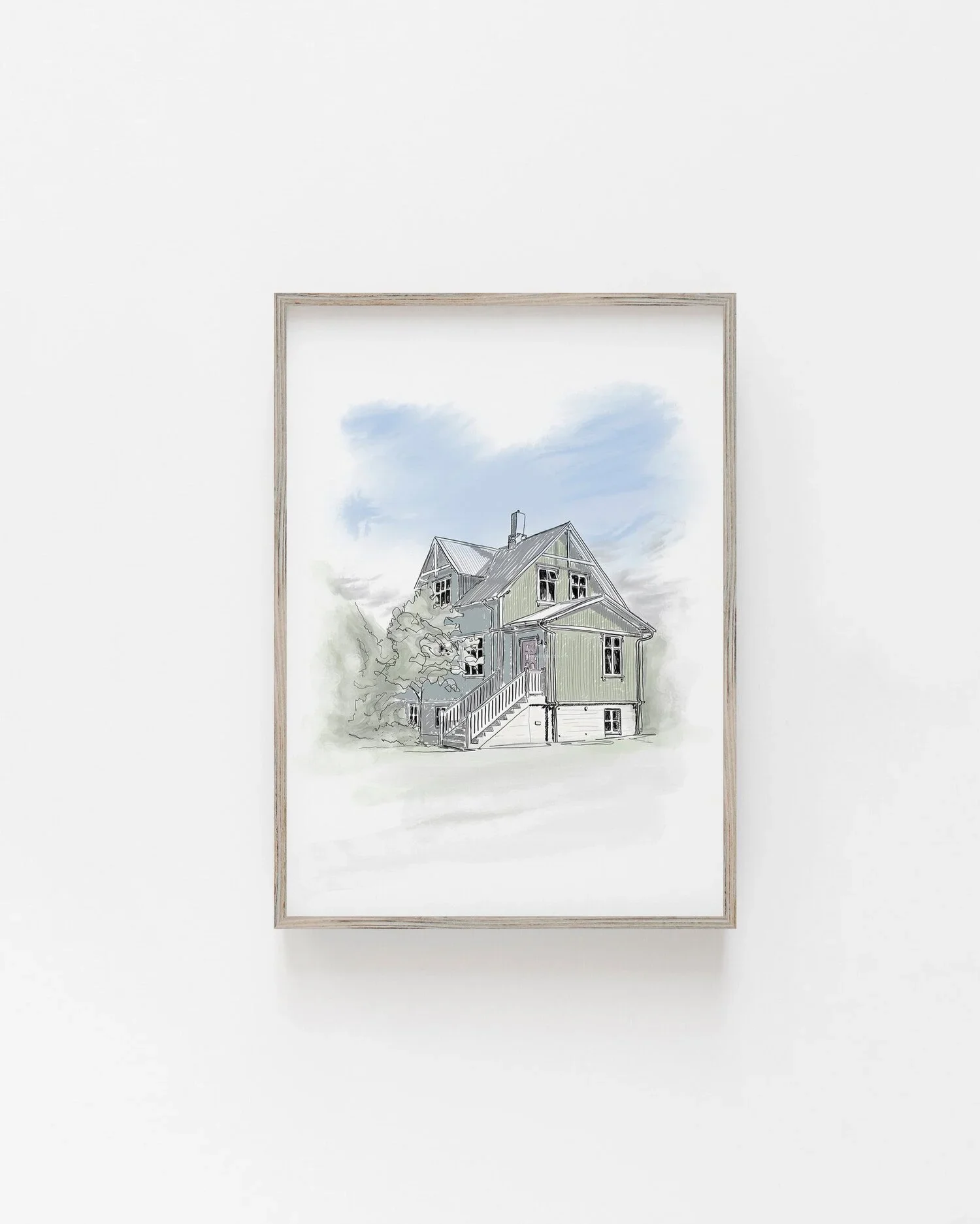7 tips for Architecture Students
/Whether you have decided you want to study architecture, are starting to look at colleges, starting your first year of architecture or a work placement - this blog post is for you.
This might sound counterintuitive, but as you prepare to take this next step, I want to remind you that architecture is as much about the process as it is about the final product. Not all architecture students go on to become architects, and that’s ok. I remember hearing a professor say this in my RIBA Part III intro talk, and I thought, “Why on earth would someone go through all this and not become an architect?”, but here I am.
I am many things, and one of them is an architect.
1. Research Different Courses:
Investigate different architecture schools to find the one that best aligns with your interests and goals, and don’t be afraid to change for your post-graduate studies. Look into their curriculum (what you will learn), faculty (the people teaching you), and the opportunities they offer for hands-on learning. Visit them and get a feel for the school and the studio; it’s important. Speak to any student on campus, and they’ll tell you first-hand what the course is like.
2. Develop a Portfolio:
Begin compiling your portfolio to showcase your creative work. Focus on quality over quantity, and ensure your portfolio tells a cohesive story about your design philosophy and skills so far.
3. Enhance Your Skills:
Brush up on your drawing, model-making, and computer-aided design (CAD) skills. These will be fundamental tools throughout your studies and career. Take online courses, download free workbooks, search YouTube, and set yourself some challenges to get you off to a good start and keep your skills up.
4. Stay Informed:
Keep up with current trends in architecture and design. Read architectural journals. Don’t just follow a handful of random designers on Instagram, but follow influential architects and design accounts, and attend lectures, webinars and degree shows where you can.
5. Gain Experience:
Look for internships or work opportunities that allow you to gain practical experience in the field. A summer work placement can be a great start before university or during term breaks. Even if it's just shadowing an architect or interior designer for a day, it can provide valuable insights and connections.
6. Visit Buildings, Interiors and Architectural Sites of interest:
Whenever possible, visit buildings and interior/exterior spaces that inspire you. Understanding architecture in context will deepen your appreciation and inform your designs. Take in the landscape, lighting, materials, and acoustics. Try to capture your visit artistically with photos and sketches. These help train your eye and can also be used in your portfolio.
7. Architecture takes 7 years, give or take:
Understand that studying architecture is a marathon and not a sprint. Finding a balance that allows you to thrive both academically and personally can be a huge challenge. Don’t be surprised if you feel the need to take a break, a year out of your “year out”, go travelling, work another job, earn some money, fall out of love with architecture (I’ve done that a few times), fall back in love with it (always). Keep an open mind, do your best and do what is best for you.
What to do next
Related post: Learn the difference between 1-Point and 2-Point Perspective
Resource: Download the Perspective Practice Sheets (free)
Next step: Explore the full Perspective Drawing Ebook
Embrace the Journey
Studying architecture is a transformative experience that will challenge and inspire you in equal measure. Be open to learning from every experience, and never stop questioning the status quo.


























